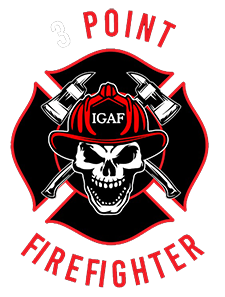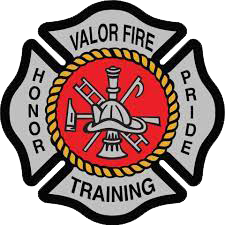The Texas cities of Irving and Grand Prairie are dealing with their needs for fire training facilities in a unique way — by combining their efforts and budgets.
When talks first started almost a decade ago, the Irving Fire Department personnel were training in a neighboring community. This presented both cost challenges in facility fees and overtime pay for training. The situation was similar in Grand Prairie.
“I think the eventual combining of funds for a joint fire training facility is extremely unique,” says Battalion Chief Gabriel Grove with the Irving Fire Department. “For two fire departments to go in equally on a facility is very rare.”
Combining Resources
Pooling their funds, Irving and Grand Prairie fire departments purchased The Commissioner and Fire Fighter Combat Challenge Stair from Fire Facilities Inc. During the ordering and installation process, the structure was tailor made for the training needs of the two fire departments.
“Dealing with Fire Facilities staff was a great experience,” says Fire Chief Jack “J.” Taylor, with the Town of Trophy Club. “I was in Irving at the time as an Assistant Chief. We were able to take a basic design and morph that into training opportunities that best fit Irving’s wide array of specialty teams. That was a big plus.”
Maximizing Training Structure
With the installation complete in 2017, the training structure has been busy ever since.
“We constantly have crews come out to run drills or assist with the training staff on scenarios,” says Grove. “We use the structure about two to three times a week. For our city firefighters alone, we have about 325 members in the field. Each one of those individuals gets a minimum of four exposures a year to the training equipment.
“Between us and Grand Prairie, the training facility is used almost every day. I honestly believe it’s the best thing to happen to our department since I hired on 20 years ago.”
Training for the Job
The Commissioner includes three sections: a four-story fire training tower, a two-story residential section, and a one-story burn room annex. Within the residential section are interior and exterior stairs, two roof chop-out curbs, hallways, a burn room, and a burn area in an attic. The 40-foot tall tower section includes interior decks and stairs, a ship’s ladder, parapet roof guard with chained opening, and a roof chop-out curb. Unique training opportunities also exist by using The Commissioner’s cantilevered balcony, inset balcony and fire escape.
“We have 245 people use the training facility each year,” says Fire Chief Robert Fite with the Grand Prairie Fire Department. “Having a training tower allows us to use real life situations under real life conditions. We’re able to use this environment to learn the right and wrong, and then apply our experiences to emergency response situations.”
A firefighter with 33 years of experience, Fite believes his team is better trained and fitter to do their jobs thanks to the training facility. “The purchase of the Fire Facilities structure is well worth the money,” says Fite. “I’d encourage any fire chief considering the investment in a similar tower to do everything they can to acquire this for your fire team.”
Improving Attitudes
Taylor and Grove echo Fite’s feelings. They believe the training tower and stairway system have benefitted everyone involved. “Finally getting our own training facility allowed Irving Fire Department to schedule training further out,” says Taylor. “This allowed for a more comprehensive training regimen overall.”
As Grove discovered once the Fire Facilities unit was installed, training is not just about improving skills. “The overall attitude about training has increased exponentially since the Fire Facilities structure was installed,” says Grove. “The firefighters are more eager to train, and the staff is more eager to teach. The work they do shows in the field and is a source of pride for me.
“It’s also a ripple down effect. The training staff creates unique, realistic scenarios for the firefighters, to keep them on their toes. I think the Administration sees the work being done and, as a result, is more confident in their firefighters. This has resulted in them being more eager to provide resources to assist with training.”








